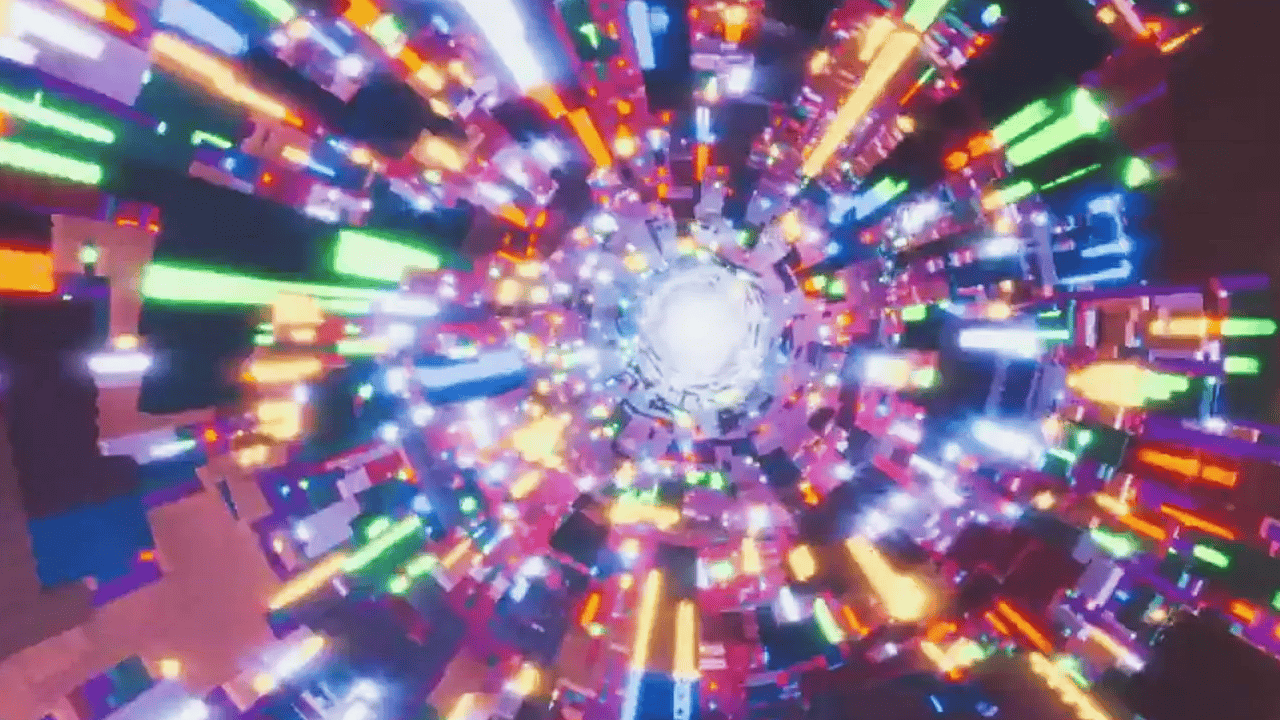Useful information
Prime News delivers timely, accurate news and insights on global events, politics, business, and technology
Useful information
Prime News delivers timely, accurate news and insights on global events, politics, business, and technology

By Jonathan Klotz | Published

Of all the things older generations say Gen Z doesn’t appreciate, it’s not smartphones, online games, or the way we used to do math that blows my mind: it’s Lego. The world’s most popular toy is packed with licensed properties ranging from Star Wars and The Avengers to Harry Potter and Ghostbusters. but it wasn’t always like that.
In my day, we had the City, the Castle and the Space, and kids today don’t understand how lucky they are to have Luffy’s Going Merry pirate ship. One piece.

Lego has been around since 1932 as wooden blocks, converting to plastic bricks after World War II, and it wasn’t until 1978 that the classic Lego minifigure first appeared. A few years later, in the early ’80s, the Castle, Town, and Space lines were re-released for North America, with huge sets at the time, including “Knight’s Castle” with 380 pieces and six minifigs, “Main Street” included 548 pieces and eight minifigs, and “Galaxy Commander” with 412 pieces and five minifigs. They seem quaint today, but these sets were huge when they came out and each one would include “alternative construction” suggestions.
The three original themes were designed to allow children to use their imagination to build whatever comes to mind, rather than feeling the need to follow step-by-step instructions. That wasn’t just the plot of 2014. The Lego Moviewas a real debate that took place at dinner tables across the country for decades.

One could argue that the loss of creativity with the rise of licensed sets has forever tarnished what Lego used to mean. On the other hand, how cool is the Lego Death Star?
In the mid-90s, it became clear that Lego had to change with the rise of other licensed toys stealing their market share and bringing the company to the brink of bankruptcy. A licensing deal for Star Wars ended up being what propelled the company, with the 2005 release of the lego star wars video game that is gaining popularity and putting Lego on the path to becoming the most valuable brand on the planet.

There was no turning back, which is what brings us to today and the availability of Lego sets for every property you can imagine.
It’s clear that most of today’s Lego sets rely on the nostalgia of the adult audience that grew up playing with the Castle and Town sets, unless Generation Z wants to build Jerry Seinfeld’s apartment. There is a whole line of games from The Simpsons, Gizmo from gremlinsthe recently launched ship Jawsa Game Boy and an Optimus Prime from Transformers Generation 1. Everything an 80s kid would have killed to have back then is available today.
As a child, I remember being excited when I opened “King’s Mountain Fortress” for my birthday, and as an adult, I have the Horizon: Zero Dawn Turtleneck on my Amazon wish list. Who has not contemplated with nostalgia the enormous Death Star or Barad-dûr? The love for Lego doesn’t end when you get older; it only gets more expensive.

The modern argument against Lego is how expensive sets have become, with sets approaching a thousand dollars, and $350 being the standard for large licensed sets. Kids are having a hard time with some of the best sets.
On the other hand, even in the ’80s, large sets cost between $80 and $100, which for most kids limited them to birthdays and holidays. Assembling colored blocks in the shape of the Infinity Gauntlet has always been an expensive hobby.
Lego is one of the notable hobbies that has targeted Gen Five nights at Freddy’s Lego games.

Kids today will never get to know the excitement of a new line of Lego sets arriving, like Wolfpack for 1993’s Castle line, but they do get a new set for every Marvel movie and season. stranger things.
They don’t know how good they have it.